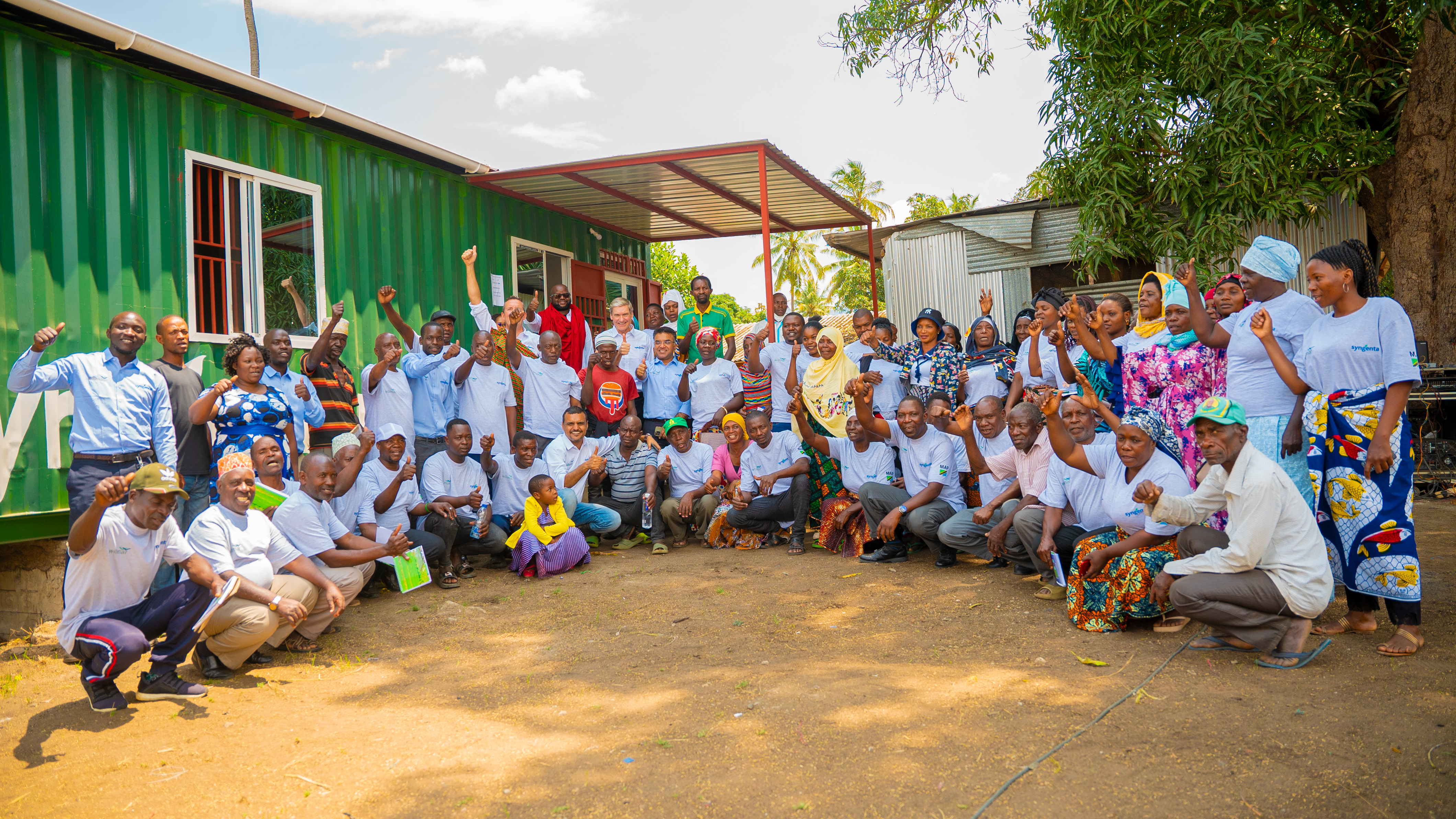Rethinking Agriculture to Bridge The Hunger Gap
People & Communities
According to the United Nations Food and Agriculture Organisation (FAO), 828 million people, or nearly 10 percent of the world’s population sleep hungry every night. The number rises every year, which begs the question: could the world’s population become too big to feed itself? Some certainly believe it can. Sitting amongst an interesting variety of “doomsday” countdown clocks online, TheWorldCounts has set the alarm for Earth running out of food in 2050, less than 26 years away.
Conventional wisdom suggests that we should drop everything and start building more farms and plantations. However, many believe the quest for increased food production comes at a hefty cost to the environment, as such activities could lead to greater deforestation and greenhouse gas emissions. In resolving hunger. we might inadvertently land ourselves another crisis on our hands.
Now, in the face of a growing global population and escalating climate crisis, we find ourselves at a critical crossroads: do we sacrifice the health of the planet to feed the hungry? Or do we prioritise environmental conservation at the expense of human suffering?
Solving the ethical dilemma
Growth in the agriculture industry is more than what many may presume. It is no longer just a competition to increase crop land, culminating in a race to own more, plant more, and sell more. Science and technology have deeply permeated practices. A widely known example is that of Genetically Modified Organisms (GMOs), where DNA of a given species (usually a type of crop) is altered to produce higher yields, resistance to pests and diseases and even enhanced nutrition benefits.
Yet even such an “all-encompassing” solution to solve our ethical dilemma has its drawbacks. No matter how much science goes into the safety and benefits of GMO foods, there is a significant lack of trust by consumers worldwide. The idea of eating unnatural produce repulses some people. Today, cultivation of GMO crops is still banned in most EU (European Union) territories.
But there are other ways to greatly increase food production.
Smallholders, who are small-scale farmers that are not bound to any organisation, could potentially make the biggest difference. Based on data by the World Economic Forum, smallholders contribute a third of the world’s food on a quarter of the world’s gross agricultural land. Smallholders either operate independently or work with companies.
Fully independent smallholders, who still compose the majority, tend to lack the resources and know-how to produce effective yields. For example, the yield of an independent rice farmer in South Sumatra, Indonesia averages to about 2.9 Tonnes per hectare. In contrast, a smallholder who is engaged by an agriculture company in the same area could produce an average of 4.4 Tonnes per hectare.
Imagine closing this yield difference across millions of smallholders worldwide.
How can agriculture companies support smallholders?
It is imperative to first think about the relationship between agriculture companies and smallholders as a symbiotic one. Agriculture companies, with their resources, expertise, and technological prowess, can greatly improve production capacities of smallholders. On the other hand, smallholders bring to the table their intimate knowledge of the local ecosystem, generational wisdom, and most importantly, a sheer determination to see their own crops succeed – a quality that is not easily drawn from hired farmers or labourers.
This, however, requires the thorough intervention of agriculture companies in smallholders’ practices, and the willingness of the farmers themselves to receive guidance.
Take rice paddies again, for example. Besides providing consult on agronomic best practices, agriculture companies, who often work with AgriTech (agricultural technology) partners could supply higher-yielding seed varieties, more effective fertillisers and pesticides. Some form of landscaping could also be done to improve irrigation and access to the fields.
Although smallholders who form a contract will have to sell a portion, or all their harvests, to the companies they are contracted with, they in turn gain assurance of a guaranteed buyer at fixed or market prices.
In some circumstances, companies could even help smallholders to insure their crops against failure.
However, such partnerships are not without their complexities. Disparities in bargaining power and access to resources could lead to inequitable distribution of benefits. In navigating these challenges, agriculture companies must respect the rights of smallholders and honour their trade commitments. Smallholders must be empowered to voice concerns and make important decisions for themselves.
Finding a sustainable balance
As global populations continue to rise and the impacts of climate change become increasingly pronounced, the dual challenges of food security and environmental conservation have taken center stage in discussions about our future.
Between food security and environmental conservation, the answer lies not in choosing one over the other, but in finding a sustainable balance. Much more could be done to optimise food production in cultivated land, such that even if the alarm does inevitably go off in 2050, we can take a long snooze.
Find out more about what Wilmar is doing for smallholders here.

